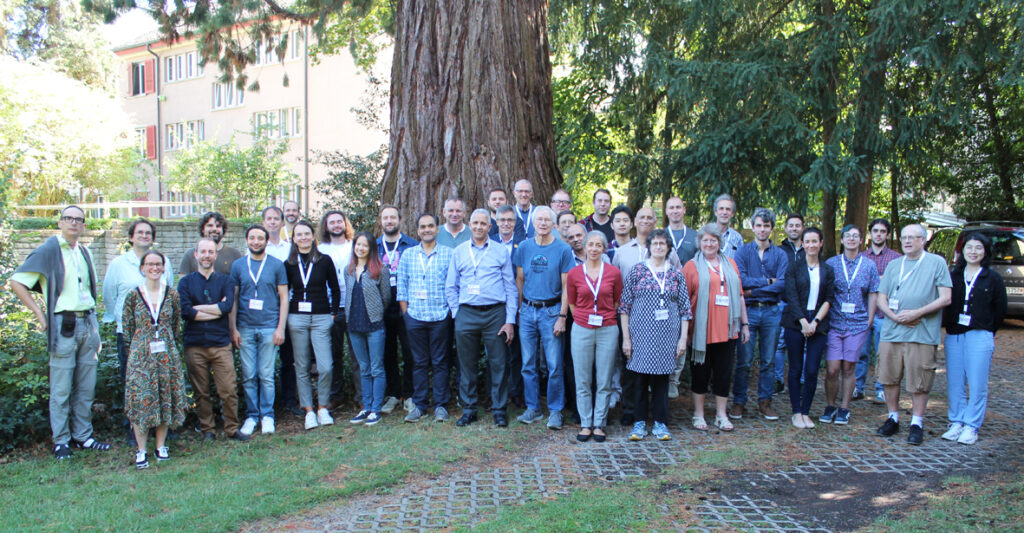The International Space Science Institute (ISSI) in Bern, Switzerland, invites applications for a
Postdoctoral Position Opening
in the Multi-messenger Astronomy related to CTA
for one year, renewable, ideally starting in January 2024, or to be negotiated. The Postdoctoral Fellow position is within the Cherenkov Telescope Array (CTA) project and in close collaboration with the University of Geneva. The CTA is the next-generation ground-based gamma-ray observatory featuring tens of telescopes located at two sites in both hemispheres. It will allow probing the high energy cosmic ray sources with unprecedented sensitivity and angular resolution, in the energy domain from tens of GeV to hundreds of TeV.
The University of Bern and Geneva group lead the Calibration Pipeline subsystem of the CTA Data Processing and Preservation System (DPPS) and contribute to the development of the Data Quality Pipeline. The DPPS is a software system responsible for the reconstruction, processing, quality monitoring, and preservation of data products of the CTA.
The successful candidate should have received a Ph.D. within the last five years and is expected to work on the development and implementation of the data quality monitoring tools, and related software infrastructure.
Required Qualifications
- Experience with the Data Quality Monitoring in the domain of (astro)particle physics
- Strong knowledge of Python
- Familiarity with version control systems (Git/GitLab)
- 0Ph.D. in Physics/Astronomy/Computer Science or related discipline
Preferred Qualifications
- Experience with UI design
- Experience in data analysis in the field of very high-energy gamma-ray astrophysics
- Experience in web application development
Salary and conditions of employment will be similar to those provided by the Swiss National Science Foundation (SNSF salary ranges). Nationals from ESA Member States are especially encouraged to apply.
Further information may received by contacting Prof. Maurizio Falanga (mfalanga@issibern.ch) or Prof. Teresa Montaruli (teresa.montaruli@unige.ch)
All applications must be received by ISSI no later than January 12, 2024.

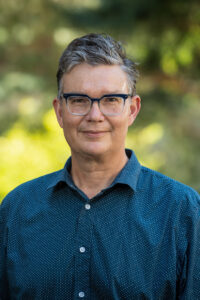
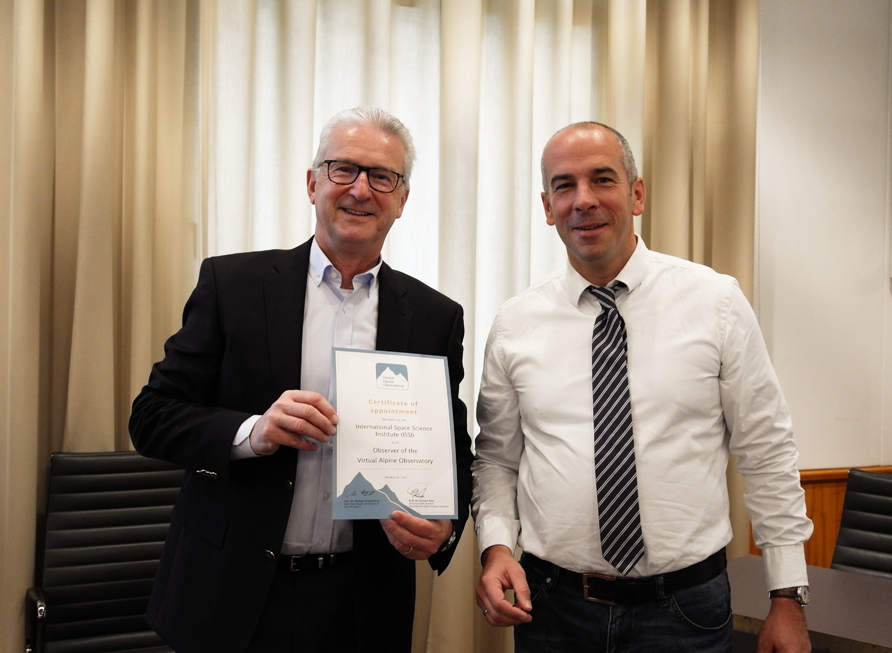
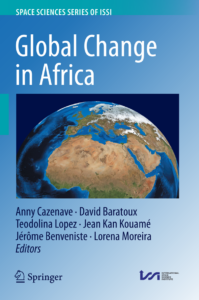 The main objective of this book is to provide an overview of the benefit of using Earth Observation data to monitor global environmental changes due to natural phenomena and anthropogenic forcing factors over the African continent, and highlight a number of applications of high societal relevance. The main topics presented in the book concern: water resources, floods and droughts, coastal zones changes and exploitation of mineral resources and its impact on the environment.
The main objective of this book is to provide an overview of the benefit of using Earth Observation data to monitor global environmental changes due to natural phenomena and anthropogenic forcing factors over the African continent, and highlight a number of applications of high societal relevance. The main topics presented in the book concern: water resources, floods and droughts, coastal zones changes and exploitation of mineral resources and its impact on the environment. 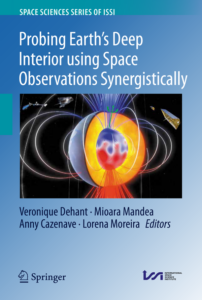 During the recent decades, space missions (e.g., CHAMP, GOCE, GRACE and Swarm) have been developed by space agencies in Europe and the USA to measure the Earth’s gravity and magnetic fields and their spatio-temporal variations. These successful missions have already provided a wealth of groundbreaking results about the permanent and time-variable gravity and magnetic fields of the Earth. However, more can be learned about the Earth’s structure by combining data of the gravity and magnetic fields, together with Earth’s rotation data routinely measured using space geodesy techniques, as well as with the most up-to-date modelling of the Earth’s internal structure. Use in synergy of these global observables and model data represents a unique way to further investigate the physics of the deep Earth’s interior. In addition to the well-known correlation between Earth’s rotation and magnetic field observed at interannual and decadal time scales, recent studies have reported unexpected correlation between spatio-temporal changes of the gravity field and magnetic field, also at interannual time scale. These changes may result from processes occurring in the liquid core and at the core-mantle boundary.
During the recent decades, space missions (e.g., CHAMP, GOCE, GRACE and Swarm) have been developed by space agencies in Europe and the USA to measure the Earth’s gravity and magnetic fields and their spatio-temporal variations. These successful missions have already provided a wealth of groundbreaking results about the permanent and time-variable gravity and magnetic fields of the Earth. However, more can be learned about the Earth’s structure by combining data of the gravity and magnetic fields, together with Earth’s rotation data routinely measured using space geodesy techniques, as well as with the most up-to-date modelling of the Earth’s internal structure. Use in synergy of these global observables and model data represents a unique way to further investigate the physics of the deep Earth’s interior. In addition to the well-known correlation between Earth’s rotation and magnetic field observed at interannual and decadal time scales, recent studies have reported unexpected correlation between spatio-temporal changes of the gravity field and magnetic field, also at interannual time scale. These changes may result from processes occurring in the liquid core and at the core-mantle boundary.